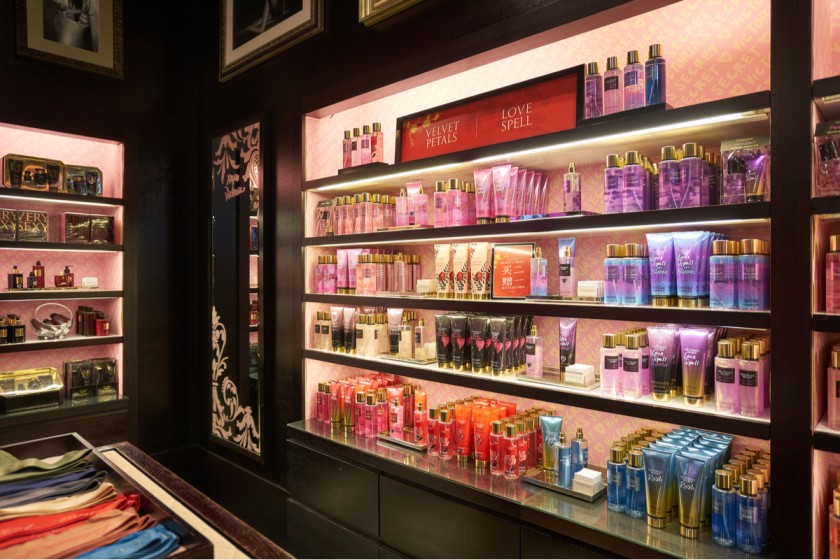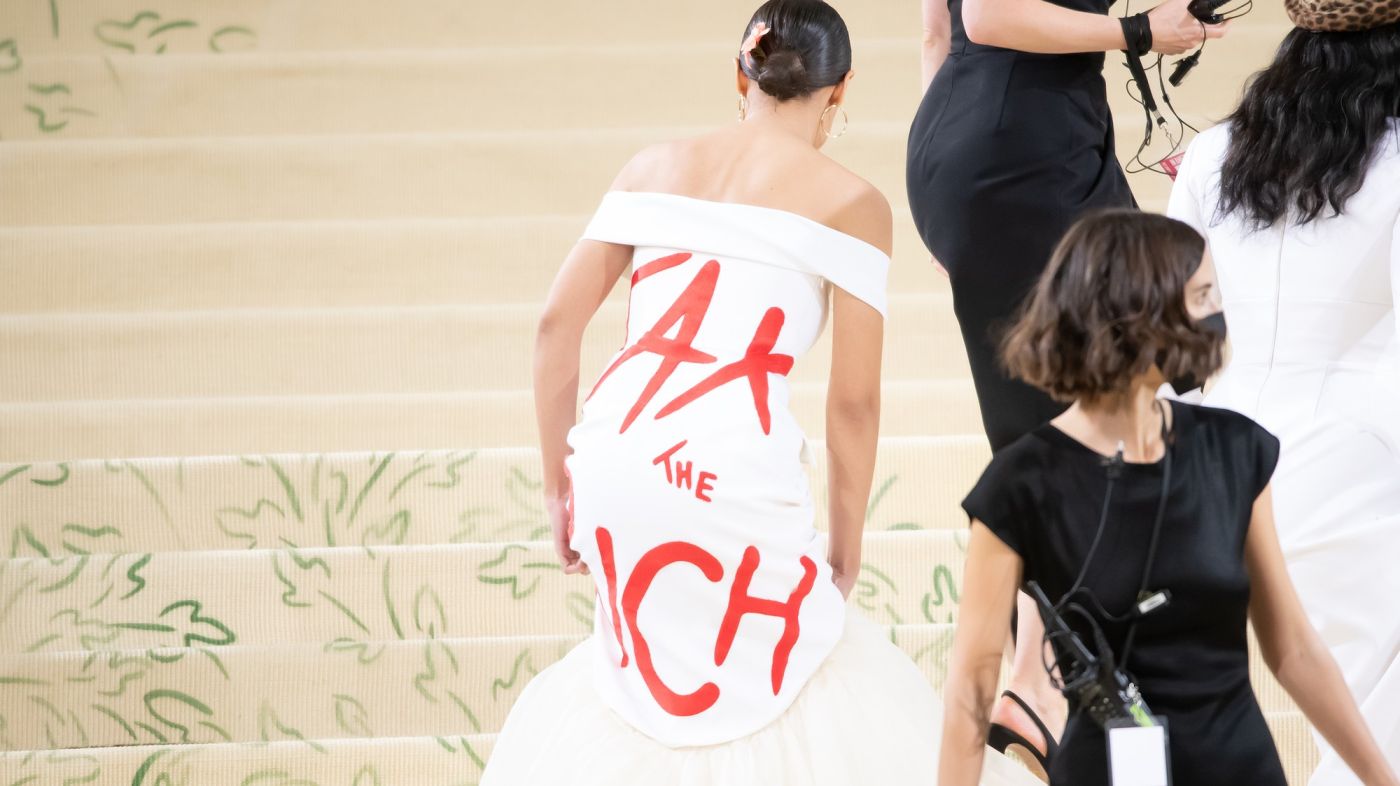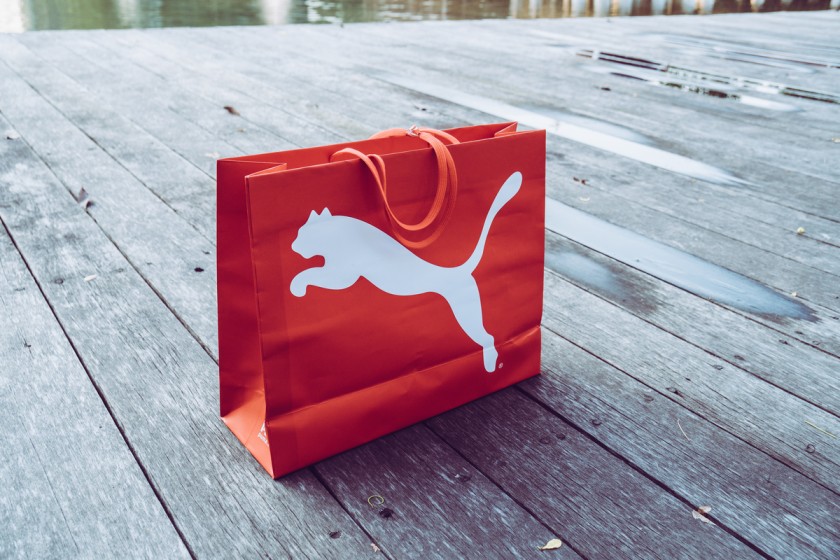Top 10 Fashion News 2021: Incidents That Have Shaped The Fashion Industry



The fashion industry is going through a revolution, with new opportunities and trends in fashion taking the industry by storm. A change in consumer behavior, buying practices and incoming technological advancements is fueling this shift. Fashion news shows that the industry is transforming from the roots.
Last year was tough for the fashion industry. It was overburdened with losses and faced an urgent need to overhaul some of its operations. This year witnessed similar challenges. It faced store closures, brand mergers and bankruptcies. Here is the Top 10 fashion news of 2021:
Work from Home Became a Fashion
Ever since home became the new workspace, brands have been competing in a new fashion segment: Work From Home Wear. Companies like Myntra, Lifestyle, and Peter England have been coming up with their collection of work-from-home clothes, bringing a mix of formal and semi-formal workwear to their customers.
Victoria’s Secret’s Rebranding

Victoria’s Secret rebranded in June 2021 when their parent company, L Brands, announced that it would turn it into its own publicly held company. Their rebranding endeavors included a new marketing campaign that strongly favored diversity and inclusivity. It featured models including Priyanka Chopra, Megan Rapinoe, and other influential women from around the world.
Old Indian Techniques in High Fashion
Anita Dongre, the celebrated Indian fashion designer, started an initiative called ‘GrassRoot’ to empower and sustain craft communities in rural India. Sabyasachi has collaborated with Bergdorf Goodman on an exclusive collection of saris and bridal wear, and other traditional accessories to celebrate the craftsmanship from Kutch, Gujarat. Besides, Christian Louboutin has used an ancient bandhani (tie-&-dye) printing technique in his latest collection of ‘Spring Summer 2021’.
Fast Fashion Criticism and Workers’ Conditions Acknowledgement
This year brought back the never-ending debate of fast fashion causing environmental damage and exploitation of workers. H&M and Zara were accused of spurring pollution and making their workers operate in harsh conditions with very low wages. Seeing this, consumers now favor brands that use fair trade practices. They are leaning towards high-quality products or recycled/upcycled clothing.
Seasonless Fashion
With incoming sustainable clothing practices, there has been a rise in ‘seasonless’ fashion that promotes fashion styles that can be worn throughout the year. Fast fashion brands usually have regular seasonal releases, which encourages consumers to buy clothes very often. This is not a sustainable choice, so brands have been coming up with seasonless fashion. Fashion news in the industry says that floral prints and pastels that are usually associated with spring fashion collections are making a comeback.
Y2K Fashion Is Back!
Color-Changing Hoodies
Technology in fashion has always left the industry thrilled. SEA’SONS, a Dutch company, has launched the world’s first color-changing hoodie collection. Their first color-changing clothing came out in 2018 with swim shorts, but now they’ve moved to hoodies. The hoodie turns white when it is warm and grey when it is cold. The fabric has heat-reactive microcapsules to enable their color-changing property at 27 degrees Celsius.
Fighting Toxic Masculinity and Body-Shaming through Fashion
The body positivity movement has brought more inclusivity in the industry, with clothing styles for all sizes and genders. According to the latest fashion news and a report by Alibaba.com, the plus-size-women’s-clothing market will be valued at US$46.6 billion by the end of this year. This is nearly double its value three years ago. A lot of luxury fashion brands like Gucci have been breaking gender stereotypes and fighting against toxic masculinity, with pop culture icons dressing up in feminine clothes.
AR/VR Experience by Fashion Brands
With increased in digital shopping experiences due to the pandemic, technology has helped fashion brands bring in gamified experiences for their customers. Burberry collaborated with Snapchat to create an AR game in-store. Burberry has a filter through which users can win offers and rewards by interacting with the filter through a scanned code.
Virtual Clothing

This has been the most exciting development in the fashion world. Here, virtual clothing brands showcase digital-only collections. Digital clothing isn’t made of fabric but pixels that use computer technology and 3D software. A buyer can never ‘wear’ the clothes, but they can browse an online selection and order something they like.



















